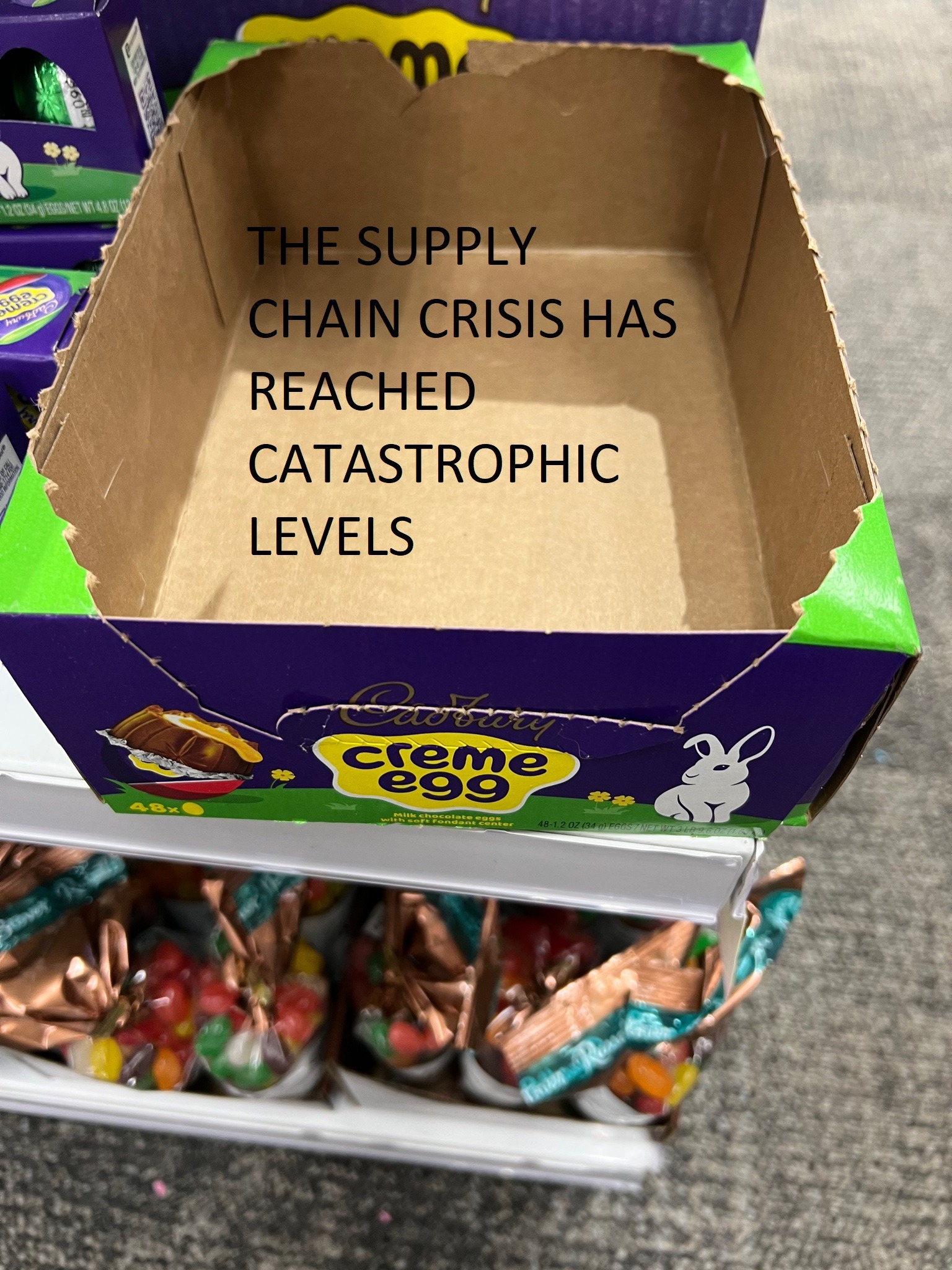Reversing global integration has predictably raised inflation, especially in the United States. The Trump administration’s trade tariffs—and retaliation by other countries—drove up U.S. prices for lumber, steel, aluminum, solar panels, and household furnishings. The COVID-19 pandemic then brought factory shutdowns, severe border restrictions, and huge consumer demand for goods as the service economy all but shut down, all of which added to inflation pressures. Russia’s invasion of Ukraine and the tough economic sanctions that followed have disrupted energy and food supplies, accelerating price increases for fuel and food around the world. U.S. consumer prices rose 8.5 percent year-over-year in March, the highest since 1981; inflation in Europe is nearly as high and could rise faster in the short term given the uncertainty of Russian oil and gas supplies. Central banks are considering interest rate increases to keep price hikes in check, risking a new recession. Inflation, which has eroded recent wage gains for many workers, is now the top issue for American voters leading into the U.S. midterm elections, which are likely to be a bloodbath for the Democrats.
My War on Globalism 24
